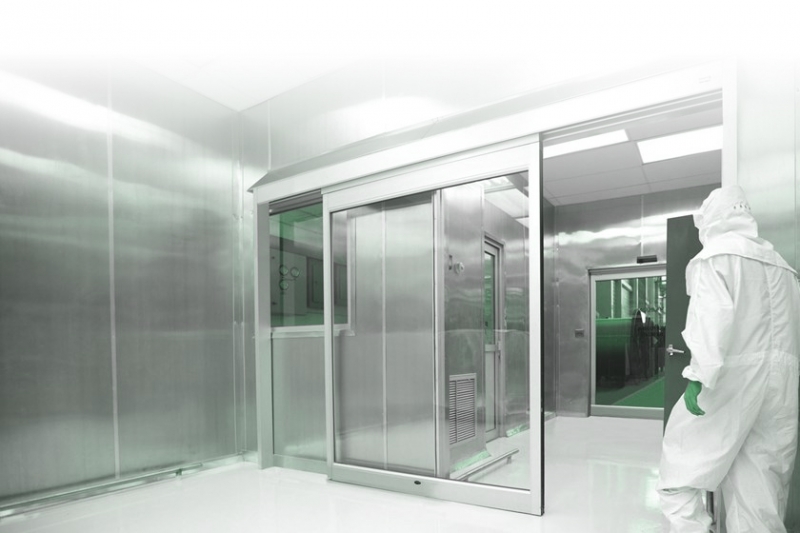All cleanrooms should have the basic materials used for wipe-downs, and floor and wall maintenance to follow the standards for each designation. This can only be answered by the classification and the process that is going on in the room.
The must-have consumables to maintain cleanliness are non-shedding wipes, sticky mats, mops, HEPA filter vacuums, disinfectant sprays, cleanroom smocks, gowns, gloves and shoe covers, cleanroom trash bags, and trash cans.
Since a cleanroom may have small corners and edges that can be missed when mopping floors and wiping down walls, more specialized equipment sometimes is required.
One thing that should not be overlooked when maintaining the cleanliness of a cleanroom is the importance of a swab. Cleaning walls, floors, and other flat surfaces can give the appearance of a clean work environment but there are many nooks and crannies where the use of a swab is critical. The cleaning process should include areas that can accumulate particulates in hard to reach areas that only a swab can effectively clean.
Perkins identifies machinery and equipment, floor drains, and air handling systems as areas suitable for cleaning with swabs. In addition, swabs can be used to test for molds, bacteria, total organic carbon, and proteins.
Garments are an important tool in a cleanroom, especially to cover workers’ feet so that particles are not tracked inside.
Shoe covers are ‘must-have’ consumables in order to maintain cleanliness in a cleanroom. Out of everything people wear, shoes are by far the dirtiest and most likely to have things stuck to them that can fall off. Moreover, according to one recent study, researchers found at least nine different types of bacteria on peoples’ shoes. Shoe covers prevent these types of contaminants from entering and being left behind.











